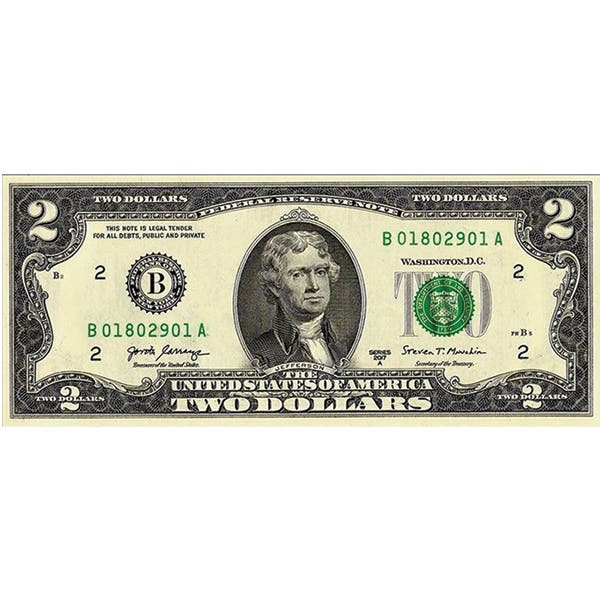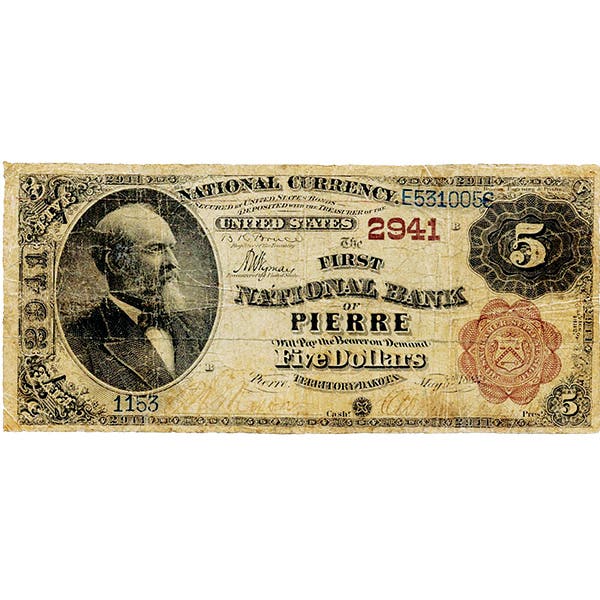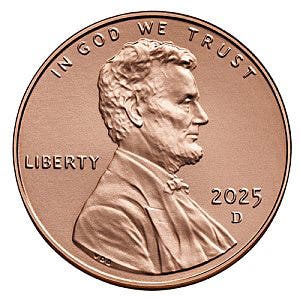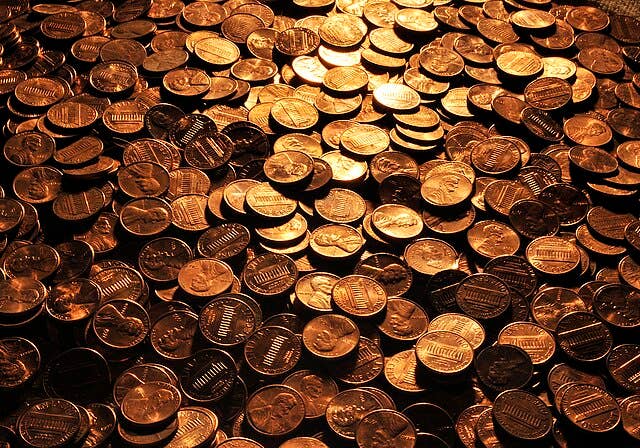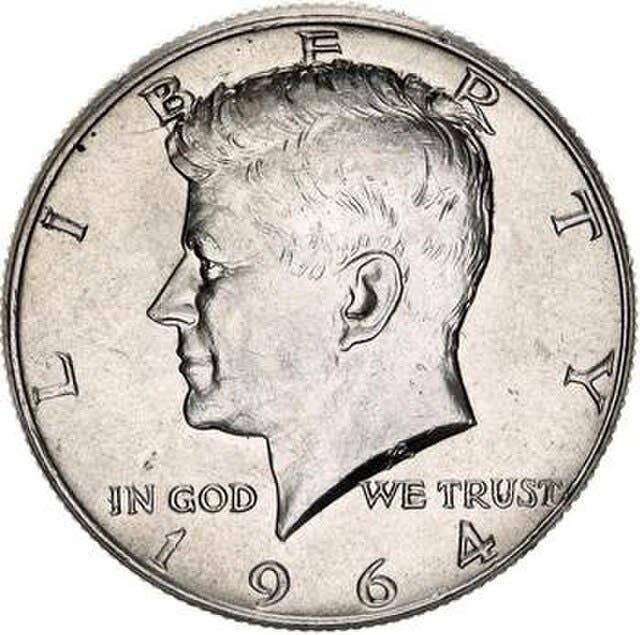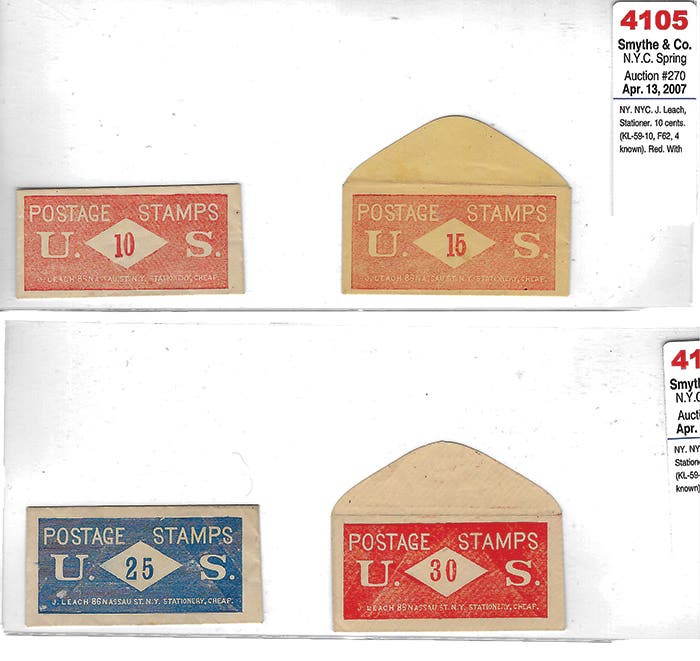Don
This is a cautionary tale. And it is not from 200 or 2,000 years ago. It happened, at least partly, during all of our lifetimes. Some younger collectors may not be aware of the effects of inflation on Mexican coins and currency.
This article was originally printed in the latest issue of Numismatic News.
>> Subscribe today!
This is a cautionary tale. And it is not from 200 or 2,000 years ago. It happened, at least partly, during all of our lifetimes. Some younger collectors may not be aware of the effects of inflation on Mexican coins and currency.
The 13th largest economy of the world is the one just south of our border, Mexico. The inflation rate averaged 29.47 percent from 1974 to 2010. Thus, on average, once every 10 years Mexican pesos lost 97 percent of their purchasing power. The historical high inflation rate was reported as 179.73 percent in February 1988. The record low was 2.91 percent in November 2005 (still an erosion of buying power).
Currently, inflation was at 4 percent in October 2010. More details are available in the Wikipedia article titled “The Economy of Mexico” on the Internet.
Why did Mexico have runaway inflation? Here are my opinions.
1. Fiat money allowed it. Money backed by gold and silver, e.g. when hoarded, is an early warning signal to the public that the government has made mistakes. Non-fiat money has also served as a tether that keeps governments fiscally disciplined.
According to Wikipedia, “good money is money that shows little difference between its nominal value (the face value of the coin) and its commodity value (the value of the metal of which it is made, often precious metals, nickel or copper).” Fiat money has no such properties or restraints and its purchasing power is at the mercy of both the behavior of government and the public.
When a critical percentage of people abandon holding fiat money then it rapidly has a monetary death spiral (the highest recorded rate of inflation was in 1946 Hungary where prices doubled every 15 hours). Just one of the more recent examples of killer inflation was in Bolivia, which had an annual inflation rate of 12,000 percent in 1985.
This vulnerability is probably the primary reason many people are distrustful of fiat money.
2. Repudiation of foreign debt fueled Mexico’s inflation.
This can happen anywhere in the world where lending dries up and debt is not funded by investors or debt gets defaulted by issuers. The two biggest risks of loaning money (for the lenders at least) are defaults and rising interest rates.
3. Currency devaluations of the peso added to inflation. This is merely official recognition of inflation in disguise. Everything imported becomes more costly and that is inflationary. The evil in this case is fixed exchange rates between currencies.
4. Nationalization of the banking system and steel industries also contributed. This big mistake hobbled the economy.
5. Import protectionism increased inflation. A similar but smaller example is overpriced food in Japan. That is the price countries continue to pay for excessive independence of production.
6. Loss of outside lenders contributed to inflation. How did they reverse this? Basically by free trade and fiscal discipline (e.g. stop government overspending) and monetary discipline (e.g. stop government inflating the fiat money supply and credit).
1. General Agreement on Tariffs and Trade (GATT) 1986.
2. North American Free Trade Agreement (NAFTA) 1992.
3. Price and wage controls with labor unions. This was not efficient since prices and wages are better set by the marketplace (controlled by real supply and demand).
4. A fixed exchange rate (a mistake since the peso became rapidly overvalued) that caused too large of an increase in consumer spending. The fixed exchange rate was abandoned and another peso devaluation crisis ensued but was offset by an international rescue package crafted by President Clinton. This is not a political endorsement either pro or con but only a fact.
As a result the Mexican economy had an annual growth rate of 5.1 percent between 1995 and 2000. More free trade agreements were signed making Mexico one of the most open countries in the world to trade. Around 1995 Mexico had its most severe poverty rate (50 percent) in history. If this isn’t at least partly the result of fiat money caused inflation then I have an old uncirculated 100-peso note that you can use to try to buy food to eat. By 2000, largely due to trade, the poverty rate was reduced to 24.2 percent and then to 17.6 percent in 2004.
I still have my old uncirculated 100-peso note and it is a pretty collectible. But being a fiat money bank note it will never have its former purchasing power in commerce. However, the few Mexican gold coins in my safe deposit box have amply retained their value.
As far as my opinions go about new U.S. coin designs, I think that the collectors are being buried and overwhelmed with unneeded and unwanted issues. Our country hasn’t quite reached the point of Canada, which produces over 50 different meaningless non-circulating coin issues every year, but we are getting close. Who has either the room or wealth for all the tonnage of non-circulating issues now being produced: presidential dollars, First Spouse gold coins and now 5-ounce silver hockey puck quarters (25 cents in name only) with national park themes?
Gerald Perman is a hobbyist who lives in the Los Angeles area.
Viewpoint is a forum for the expression of opinion on a variety of numismatic subjects. The opinions expressed here are not necessarily those of Numismatic News.
To have your opinion considered for Viewpoint, write to David C. Harper, Editor, Numismatic News, 700 E. State St., Iola, WI 54990. Send e-mail to david.harper@fwmedia.com.
More Coin Collecting Resources:
• Subscribe to our Coin Price Guide, buy Coin Books & Coin Folders and join the NumisMaster VIP Program




